The next two articles are dedicated to mental imagery. This first article focuses on explaining this science-based technique, how it contributes to performance, and how it can help develop emotional intelligence for use in learning and integrating soft skills within our professional environment.
What is mental imagery?
Mental imagery is the act of representing sensory states mentally, which can include visual, auditory, olfactory, taste, and proprioceptive states, among others. It is a mental training technique that productive people use to prepare for action, repeating and training their thoughts, feelings and behaviours in order to optimize their performance and well-being.
It is used effectively in many areas, including by those working in sports psychology, psychotherapists, psychologists and remedial teachers. In psychiatry, mental imagery is used in cognitive-behavioural therapies, particularly for post-traumatic stress disorder (PTSD) and social phobia. In the field of sport, mental imagery is a very effective method used by elite athletes as part of their mental preparation to accomplish very specific goals. In therapeutics, teaching, or personal development, mental imagery is used to induce physical, cognitive, or behavioural changes.
There are many reasons to use mental imagery:
- To psychologically prepare for a future situation
- To achieve a specific goal
- To anticipate a possible future stress
- To adapt or master difficult situations
- To improve the healing process
- To calm and control stress.
- To change or improve a behaviour
- To optimize or develop certain skills
- Etc.
Supported by scientific evidence
When we physically learn to do something, the brain changes. Mental imagery is a cognitive process that stimulates the same brain areas involved in the unconscious planning and execution of movements and activates neuronal and behavioural responses similar to actual experience. Neural connections are strengthened, connections are added or removed, and new cells are formed.
Mental imagery is a scientifically proven technique that maximizes the brain’s potential through images. Through the use of brain imaging techniques, such as PET-Scans with radiotracers and functional MRIs (fMRI), it has been shown that the same regions of the brain are activated when we experience a real-life situation as during an exercise in mental imagery, and that the regions related to retinotopy (peripheral vision and/or central vision) are stimulated and reflect the same neuronal model found during the movement’s execution.
Imaging affects more than the muscles, producing cardiovascular and respiratory responses. By vividly imagining tomorrow's stressful meeting, your heart rate increases and your breathing becomes short and shallow, as in real life. This functional equivalence extends to the neural activity that occurs when you see, hear, and smell things in visual, auditory, and olfactory imagery. The same neural process activated when you perceive things with your senses is recreated when you vividly imagine them.
In short, the brain does not recognize the difference between what it really experiences and what it imagines. This is a gray area from which we can benefit!
Improving emotional intelligence
Although mental imagery is frequently used to improve physical performance, it can also help improve activities that include a cognitive and emotional component, such as emotion and stress management or speaking in public.
Our work environments present us with constant constraints, such as angry clients, unpleasant colleagues, demanding superiors, goals to be achieved, recurring problems, and performance requirements, so it is easy to feel overworked, overwhelmed and to have a "short fuse". Whatever our roles, we sometimes find ourselves in difficult situations that lead to an outpouring of emotions.
It is in our best interests to master our emotions. Athletes regulate their emotions before competitions to help them perform better, and soldiers regulate their emotions before going to battle to avoid emotional collapses.
Mental imagery is an excellent technique for regaining control and balancing and reinforcing our emotional stamina. Taking a step back from our emotions and watching them as a detached observer changes the way the brain processes feelings.
Brain imaging studies show that this practice reduces activity in a highly emotional area of the brain, while stimulating an area linked to controlling your physical response to stress - a mental recoil that says, "What’s really happening here? How can I respond?” In other words, you are aware of your emotions rather than expressing them.
Mental imagery conditions our brain, making it more likely to act according to mental representation, resulting in true learning and development of this imagined skill. If you have prepared for this situation, you can simply take the appropriate action you have previously developed and practiced.
In this article I wanted to make this science-based technique credible and explain how it helps with performance, be it physical or emotional. Start exploring it, and in the next article we will be able to focus on the process and steps required to incorporate it into your professional toolbox as a regular practice. See you soon!

